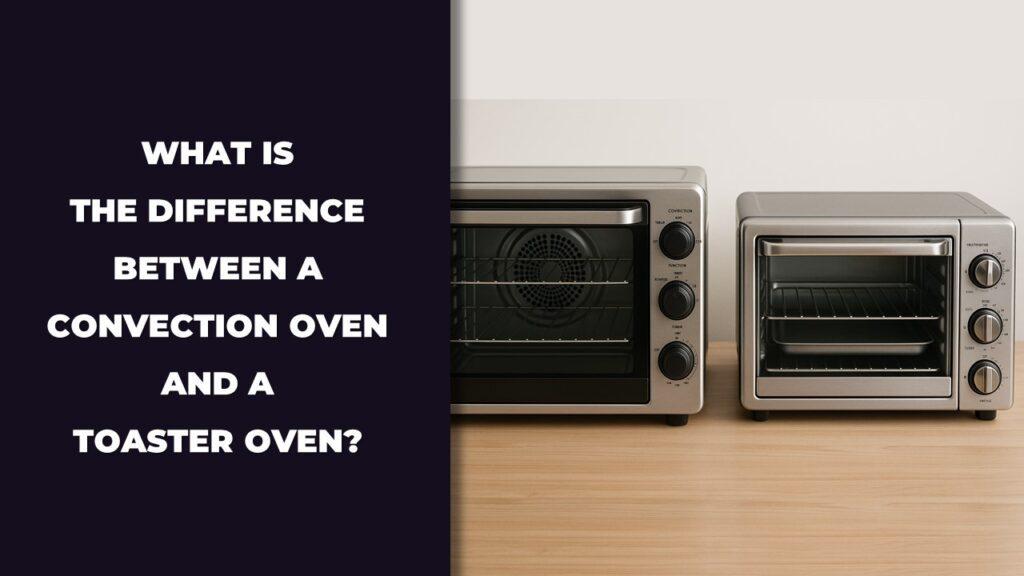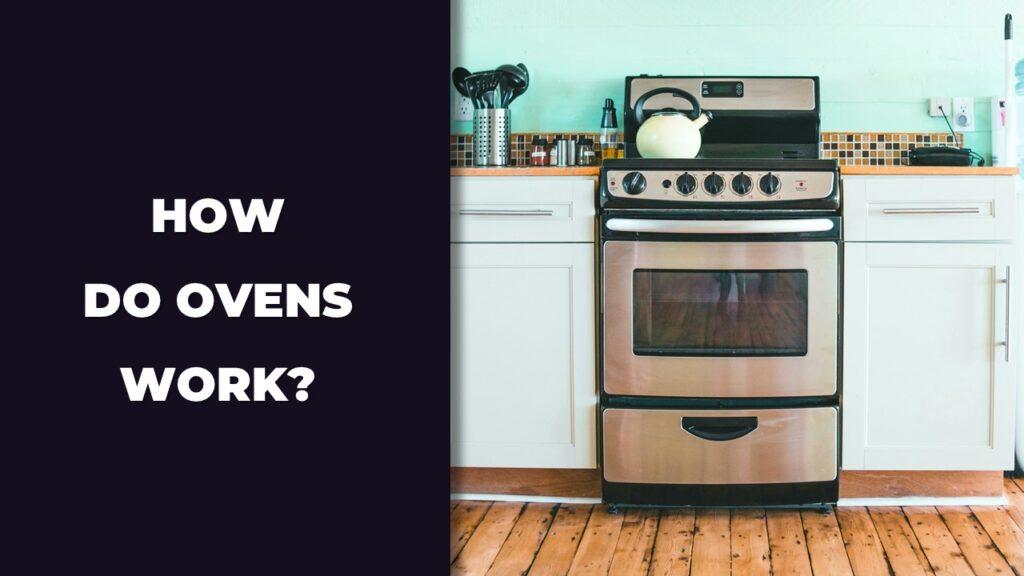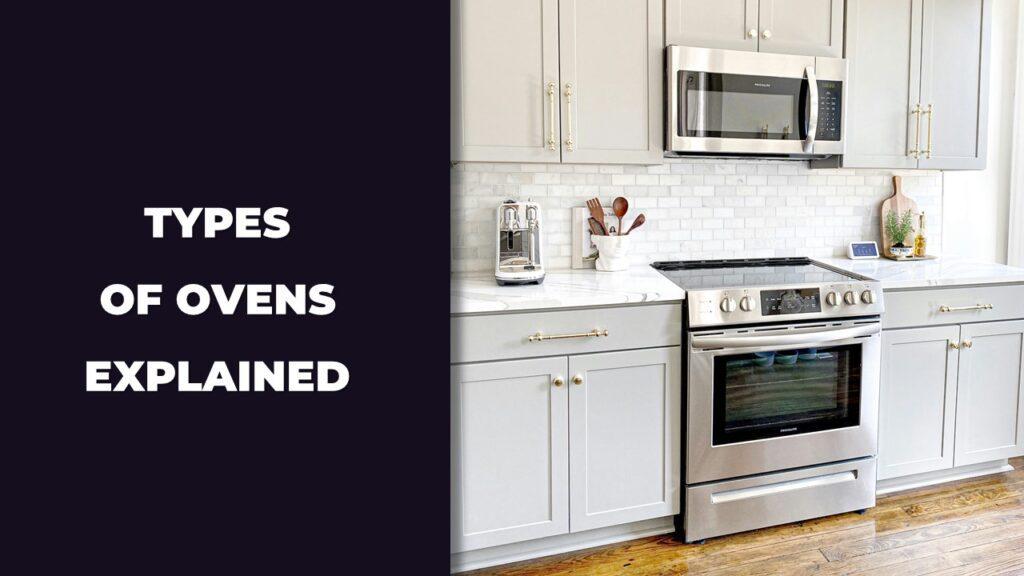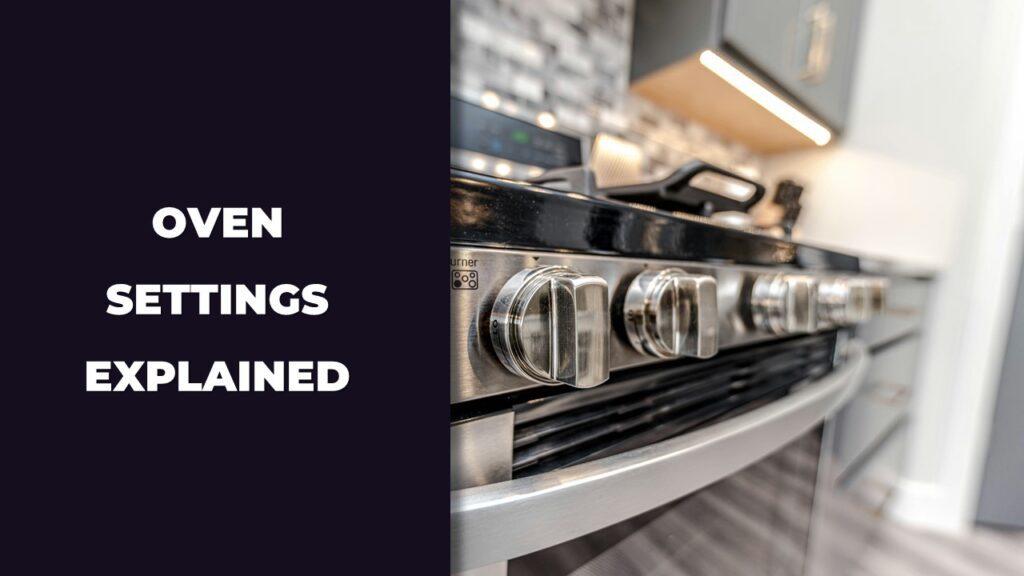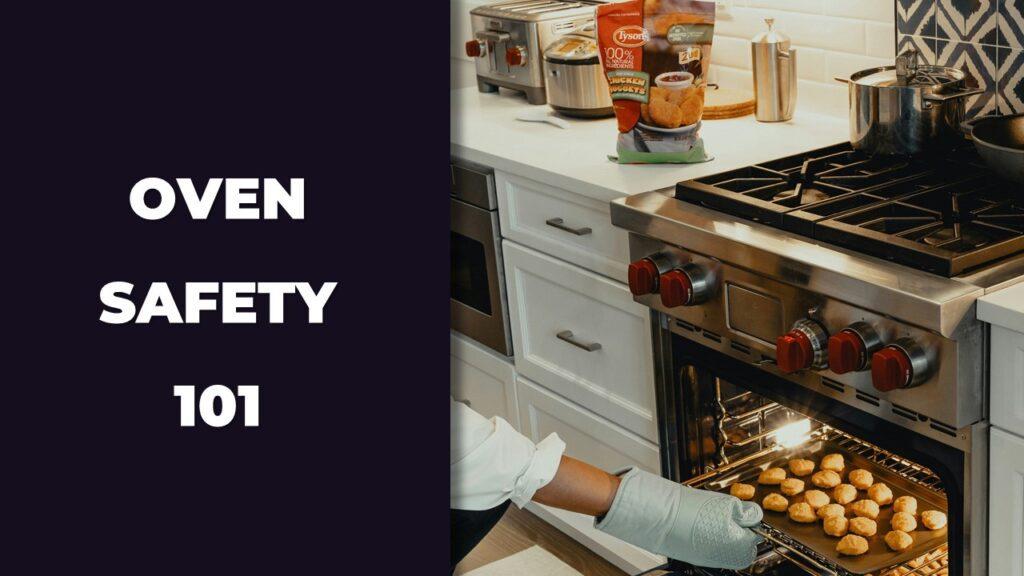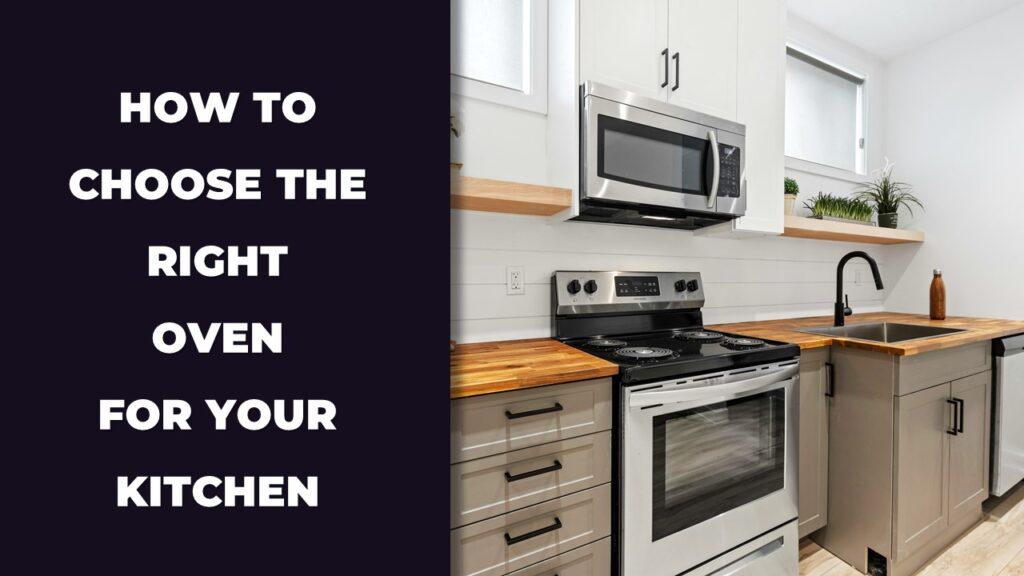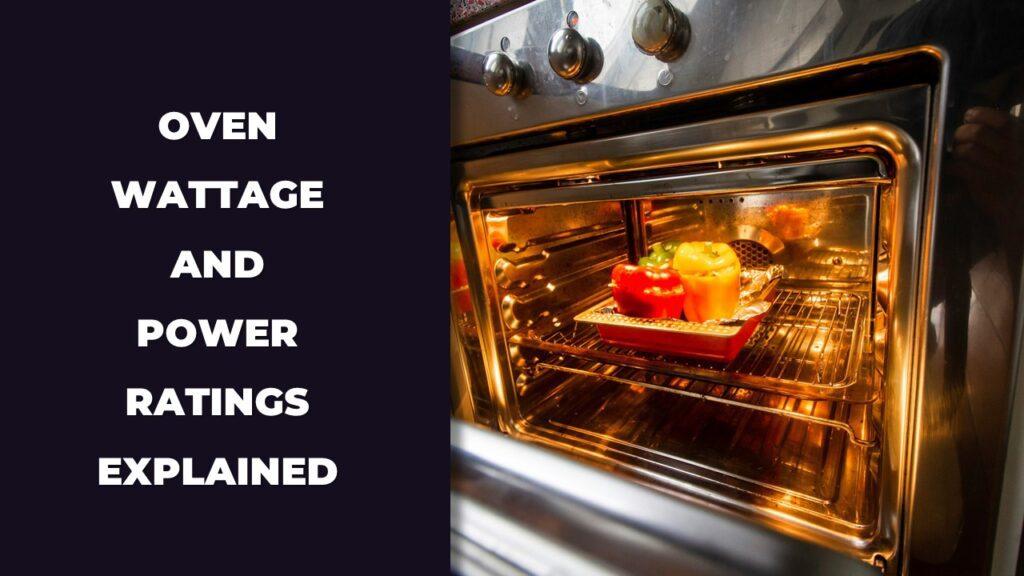
Oven wattage tells you how much electricity your oven uses while it’s running, and the power rating shows the maximum amount of energy it can safely handle. Higher wattage ovens heat up faster and cook food more evenly, while lower wattage models may save energy but take longer. Power ratings help you avoid overloading circuits and make sure the oven performs safely and consistently.
This article breaks down what those numbers mean, how they affect cooking speed and electricity bills, and what range works best for your needs.
Disclaimer: All electricity cost estimates in this article are based on the U.S. national average residential rate of $0.162 per kilowatt-hour as reported by the U.S. Energy Information Administration (EIA) in 2025. Your actual cost may vary depending on local rates, utility plans, and usage patterns. Always check with your energy provider for the most accurate pricing in your area.
What Does Oven Wattage Mean?
Oven wattage is the amount of electrical power an oven uses per second to generate heat. It’s measured in watts, and it directly affects how fast your oven heats up and how evenly it cooks. A 3,000-watt oven, for example, uses more energy and heats quicker than a 1,200-watt model.
If you’ve ever waited forever for your oven to preheat or had undercooked food after the timer went off, low wattage might be the reason. Higher wattage ovens can reach and maintain temperature better, especially when you open the door mid-cook. Lower wattage models may work fine for basic baking or small meals, but they can struggle with large dishes or consistent results.
Most standard electric ovens run between 2,000 to 5,000 watts. Toaster ovens are usually between 800 to 1,400 watts, while convection ovens range from 1,200 to 2,000 watts. Smart ovens and compact models often fall around 1,000 to 1,800 watts. The wattage label is usually found on the oven door frame or the back panel near the power cord.
Understanding Power Ratings And How They Work
Power rating tells you the maximum electrical power your oven can safely handle during use. It’s a limit set by the manufacturer to prevent overheating or electrical damage. If your oven is rated for 3,000 watts, pushing it beyond that can trip the breaker or damage internal parts.
Think of it like your oven’s comfort zone. It might not always run at the full power rating, but when it does—for example, during preheating or intense baking—it needs to be within safe limits. This rating also helps electricians and homeowners know whether your kitchen wiring can support the appliance without issues.
Here’s a quick formula to understand usage:
Power (Watts) = Voltage × Current (Amps)
So, if an oven is rated at 3,000 watts and runs on 240 volts, it draws 12.5 amps.
| Oven Wattage | Voltage | Current Draw (Amps) |
| 2,000 W | 240 V | 8.3 A |
| 3,000 W | 240 V | 12.5 A |
| 5,000 W | 240 V | 20.8 A |
Knowing your oven’s power rating also helps when shopping for new appliances or upgrading your electrical panel. It keeps your kitchen safe, your food cooking properly, and your wiring from melting under stress.
Typical Wattage Ranges By Oven Type
Oven wattage depends on the type of oven and what it’s built to do. Most household ovens fall between 800 and 5,000 watts, while heavy-duty commercial models can go up to 10,000 watts or more. The wattage range affects everything from how fast your oven heats up to how much electricity it uses per hour. Let’s look at how different oven types compare.
Conventional Electric Ovens (2,000–5,000W)
These ovens are the standard in many homes. They rely on top and bottom heating elements to cook food. Lower-wattage models may take longer to heat and cook, while higher-wattage ones preheat quickly and handle large meals better. A 5,000-watt oven will recover heat faster when you open the door, which is helpful for baking or roasting multiple items.
Convection Ovens (1,200–2,000W)
Convection ovens use a fan to circulate hot air, which speeds up cooking and helps food brown more evenly. Even with a lower wattage range, they often outperform traditional ovens in cook time. A convection oven in this range is ideal for everyday meals, baked goods, and even multiple trays of food at once.
Smart Ovens (1,000–1,800W)
Smart ovens are compact, efficient, and designed for controlled heating. They often include features like sensors, presets, and app connectivity. Despite their lower wattage, they can cook surprisingly well thanks to focused heat zones and better temperature regulation. Great for quick meals, small portions, and modern kitchens.
Toaster Ovens (800–1,400W)
Toaster ovens are built for smaller tasks like toasting, reheating, or baking single servings. They use less power, which saves on energy bills, but they aren’t suited for cooking large or complex meals. Still, they’re fast, efficient, and perfect for day-to-day snacks or quick dinners.
Commercial/Professional Ovens (5,000–10,000W)
These ovens are used in restaurants, catering kitchens, and bakeries. They heat fast, stay hot under heavy use, and cook in large batches. But they draw a lot of power and require strong electrical setups. For home use, they’re only worth it if you’re cooking at scale.
How Oven Wattage Affects Cooking Performance
Wattage directly affects how your oven behaves. A higher-watt oven heats faster, stays hot more consistently, and bounces back quicker after the door opens. For example, a 5,000W oven can reach 350°F in about 7 minutes. A 2,000W model might take twice as long—and that matters when baking something sensitive like soufflé or cake.
It also affects cooking evenness. High-watt ovens distribute heat better, especially when combined with fans. A 3,000W convection model will brown food more evenly than a 1,200W toaster oven, which might leave cold patches or undercooked spots.
Here’s what 1 hour of use looks like at the 2025 average rate of $0.162/kWh:
| Oven Wattage | Energy Used (kWh) | Cost Per Hour |
| 2,000W | 2.0 kWh | $0.32 |
| 3,000W | 3.0 kWh | $0.49 |
| 5,000W | 5.0 kWh | $0.81 |
So, cooking four times a week in a 3,000W oven would cost you about $7.84 per month. If your meals keep turning out dry, uneven, or just take forever, your oven’s wattage might be holding you back.
Oven Wattage vs Energy Consumption: What You’re Really Paying For
Oven wattage directly affects how much electricity your oven uses. The higher the wattage, the more power it draws per hour. Your energy bill reflects this usage in kilowatt-hours (kWh), which is calculated by multiplying the oven’s wattage by the number of hours used, then dividing by 1,000.
Here’s the basic formula:
Energy (kWh) = (Wattage × Time in hours) ÷ 1,000
So, if you use a 3,000-watt oven for 1 hour:
(3,000 × 1) ÷ 1,000 = 3.0 kWh
At the 2025 U.S. average rate of $0.162 per kWh, that hour costs about $0.49.
It might not seem like much per use, but it adds up over time. If you use that same oven 4 times a week for an hour each time, that’s 12 kWh per week or roughly $8.42 per month just for oven use. Higher wattage ovens cost more to run, but they’re also faster and more efficient in many cases.
Here’s a breakdown for comparison:
| Oven Wattage | 1 Hour Use | Energy Use | Estimated Cost |
| 2,000W | 1 hour | 2.0 kWh | $0.32 |
| 3,000W | 1 hour | 3.0 kWh | $0.49 |
| 5,000W | 1 hour | 5.0 kWh | $0.81 |
If your goal is to save on electricity, go for a lower-wattage model—but be prepared for longer cook times. If time matters more to you than cost, a higher wattage oven might be worth the tradeoff.
Choosing The Right Oven Wattage For Your Cooking Style
The right oven wattage depends on how you cook, how often you use your oven, and the types of meals you make. A lower wattage may save on energy costs, while a higher wattage gives you faster, more consistent results. Here’s how to choose based on real cooking habits:
- Light or occasional use (1,000–1,800W): best for basic reheating, light baking, frozen meals, or one-person households. Example: smart ovens, compact models.
- Regular home cooking (2,000–3,500W): ideal for families who cook most nights, including casseroles, roasts, and baked goods. Example: standard electric ovens.
- Heavy-duty or batch cooking (4,000–5,000W): great for meal preppers, large families, or anyone cooking multiple trays at once. Fast preheat and strong heat recovery. Example: high-end convection or double ovens.
- Commercial-style or frequent baking (5,000–10,000W): used by serious bakers or home chefs who cook in volume. Needs proper wiring. Example: commercial wall ovens or range ovens used in catering setups.
Pick wattage like you’d pick a kitchen partner—one that can keep up with your pace, but won’t burn a hole in your wallet if you’re not using it daily.
How To Check Your Oven’s Wattage And Power Rating
You can find your oven’s wattage and power rating by checking the appliance label, usually located around the oven door frame, back panel, or inside the user manual. Wattage tells you how much electricity it uses, while the power rating shows the maximum it can handle safely.
Some ovens list this as a single number (e.g. 3,000W), while others may show voltage and amps. In that case, you can calculate it using:
Wattage = Voltage × Amps
Here’s how to check:
- Check the nameplate label: usually near the door frame, behind the control panel, or on the back of the unit.
- Look in the manual: if you still have it, the specs section often lists wattage, voltage, and amps.
- Use a plug-in power meter: this tracks real-time power use if you’re unsure what the oven is actually drawing during use.
- Contact the manufacturer: if all else fails, provide your model number and they’ll give you the specs.
- Formula example: A 240V oven drawing 12.5 amps = 240 × 12.5 = 3,000W
Knowing your oven’s exact wattage helps you plan better meals and avoid overloading your kitchen circuit.
Energy Efficiency Tips For Any Oven Wattage
No matter your oven’s wattage, small adjustments in how you cook can help you save energy and get better results. Energy efficiency doesn’t always mean using less—it’s about using your power smarter.
Here’s how to make the most of any oven:
- Preheat only when needed: not all dishes require it. Skip it for casseroles or slow roasts.
- Keep the door closed: opening it drops temp by 25–50°F each time.
- Use the right cookware: metal pans heat faster, while glass holds heat longer.
- Cook multiple items at once: batch your meals to use energy in one session.
- Use convection mode if available: it cooks faster and at lower temps.
- Check the seals: a worn-out door gasket leaks heat and wastes energy.
- Turn the oven off early: for many dishes, residual heat will finish the job.
- Use a thermometer: oven dials can be inaccurate. A thermometer shows real temps.
Smart cooking habits often matter more than the wattage itself.
Common Misconceptions About Oven Wattage
Many people think higher wattage always means better performance or that wattage alone tells the whole story. But that’s not always the case. Understanding what wattage does—and doesn’t mean—can save you from buying the wrong oven or using yours the wrong way.
Here are common myths:
- “Higher wattage means better cooking”: not always. Build quality, insulation, and airflow matter just as much.
- “All 3,000W ovens cook the same”: some ovens hold temperature better or distribute heat more evenly.
- “Microwaves and ovens use wattage the same way”: they don’t. Ovens use it for sustained heating, while microwaves pulse in intervals.
- “Wattage ratings are always accurate”: some brands list peak power, others list average. Actual use can vary.
- “A lower wattage oven is more efficient”: it may use less energy per hour, but longer cooking times can cancel out the savings.
Knowing the truth behind these assumptions helps you shop smarter and cook more effectively, without wasting energy or money.
Should You Upgrade To A Higher Wattage Oven?
You should upgrade to a higher wattage oven if your current one takes too long to heat, struggles to cook food evenly, or slows you down when cooking large meals. A higher wattage oven delivers stronger, more consistent heat, especially helpful for frequent cooking, baking, or roasting.
But before switching, think about how you use your oven. A more powerful model isn’t always better if it doesn’t match your lifestyle or kitchen setup.
- You cook daily or in large batches: a 4,000–5,000W oven will preheat faster and recover heat better, saving time.
- Your current oven can’t keep temp: a higher wattage unit is more stable, great for baking or multiple dishes.
- You entertain often: higher wattage handles crowd-sized meals better.
- You have older wiring: upgrading may require electrical upgrades too—check your circuit capacity first.
- You’re on a tight energy budget: consider whether the extra power is worth the added monthly cost.
Think of it like horsepower in a car—more isn’t always better unless you actually need it.
Final Thoughts
Oven wattage and power ratings are more than just numbers on a label—they directly affect how your oven heats, how long it cooks, and how much it costs to run. Whether you bake occasionally or cook full meals daily, knowing your oven’s wattage can help you get better results while managing energy use.
High wattage means faster heating and more reliable temperature control, which makes a real difference for things like baking, roasting, or batch cooking. But higher power also means higher energy draw, so it’s important to match your oven’s wattage to your cooking style and budget.
At the end of the day, understanding how wattage and power ratings work gives you more control. It helps you make smarter choices, troubleshoot uneven cooking, and even save money, one dish at a time.
Related FAQs
What Is A Good Wattage For An Electric Oven?
A good wattage for most home electric ovens is between 2,000 and 3,500 watts. It provides a balance of cooking performance and energy use for everyday meals.
Does Higher Wattage Mean Faster Cooking?
Yes, higher wattage ovens heat up quicker and maintain temperature better, which helps cook food faster and more evenly, especially during preheating or baking.
Can A High-Wattage Oven Trip Breakers?
It can if your kitchen wiring or circuit is not rated to handle the load. A 5,000W oven on a 15-amp breaker may overload the circuit if other appliances are running too.
How Do I Calculate The Cost Of Running My Oven?
Use this formula: Wattage × Hours ÷ 1,000 × Electricity Rate.
Example: 3,000W × 1hr = 3kWh × $0.162 = $0.49 per hour.
Is 1000 Watts Enough For A Microwave Oven?
Yes, 1,000 watts is considered high power for a microwave. It’s great for cooking full meals or reheating quickly and evenly.
Do Smart Ovens Use Less Electricity?
Yes, most smart ovens are compact and designed to use less power. Their focused heating zones and shorter cook cycles can reduce overall electricity use.
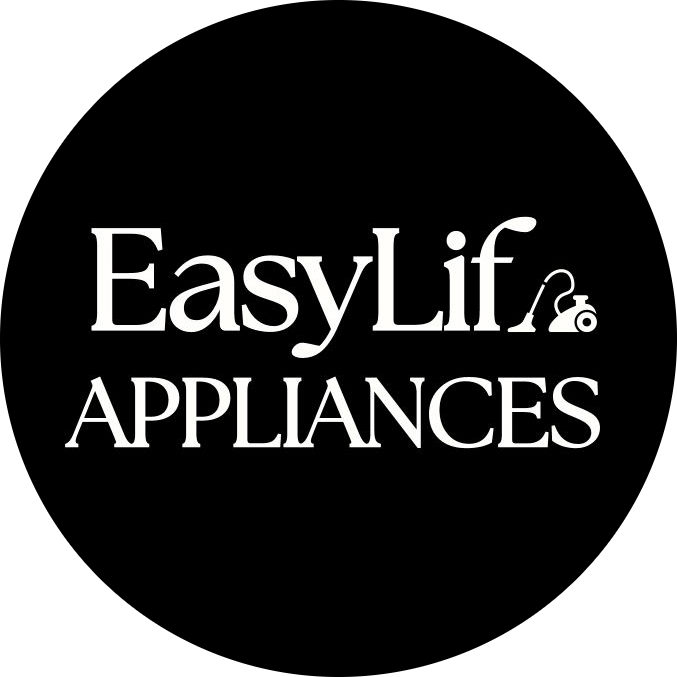
At our core, we’re a group of passionate households and gardening tools and appliances users and enthusiasts. We dive deep into the world of tech, especially when it’s about your household or gardening electric items. We try to provide as much value to the readers with our information and how to blog articles as possible. For affiliate articles our honest and transparent reviews of essential tech products are rooted in real-world experience. We take great satisfaction in offering unbiased evaluations, ensuring that you can make informed decisions when investing in your desired techs.

